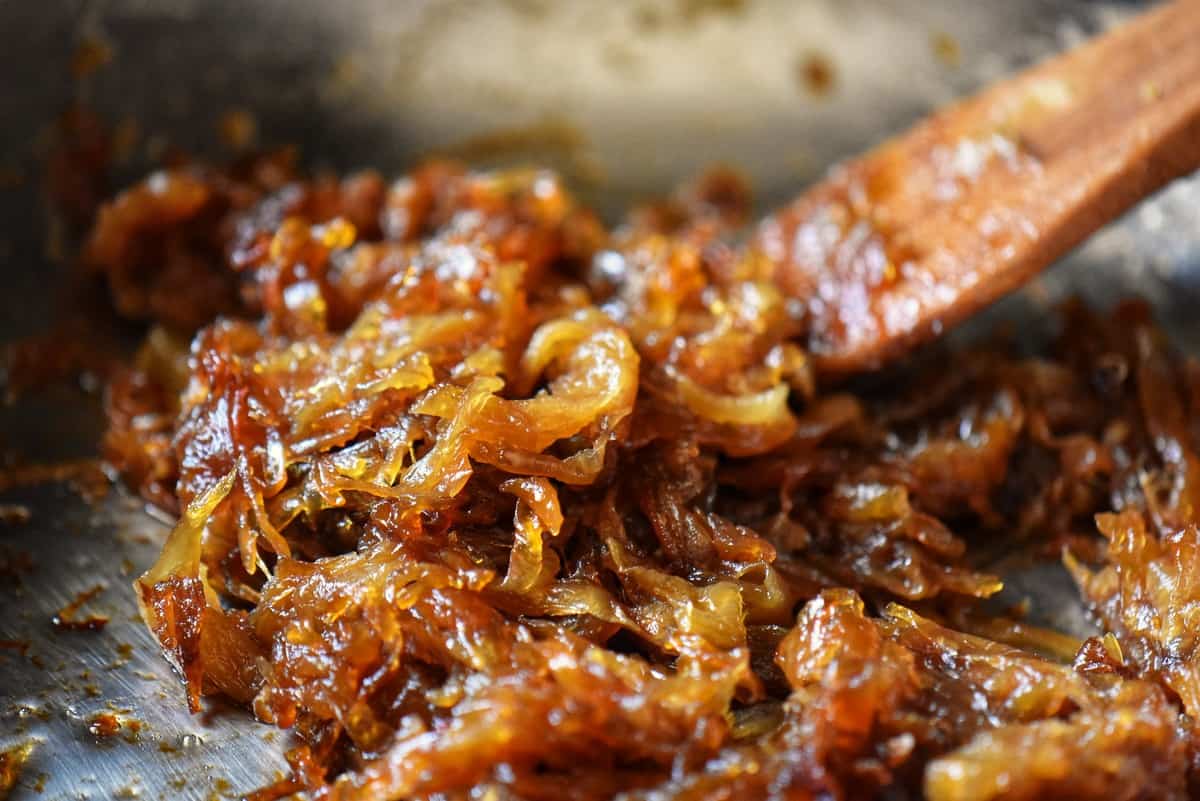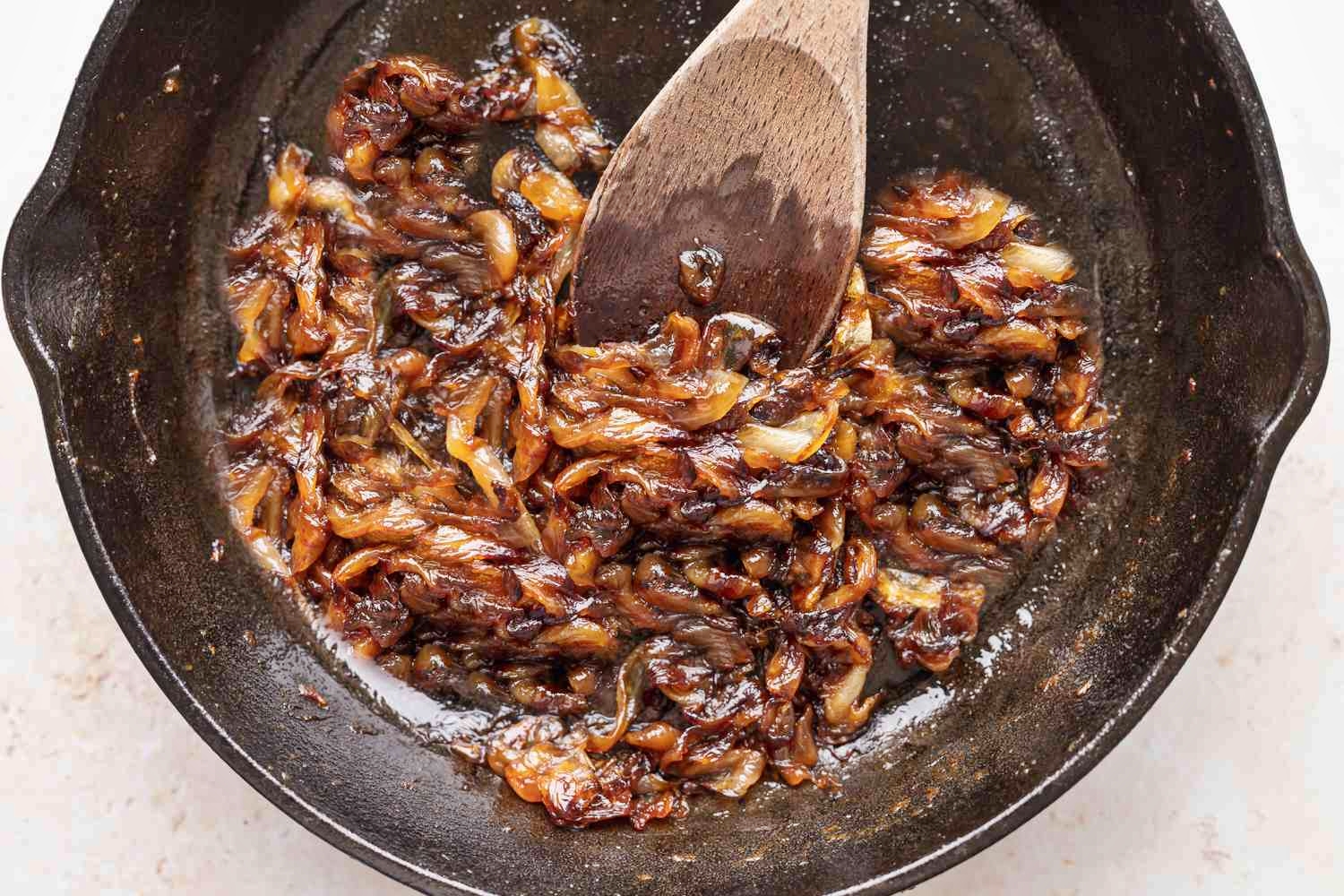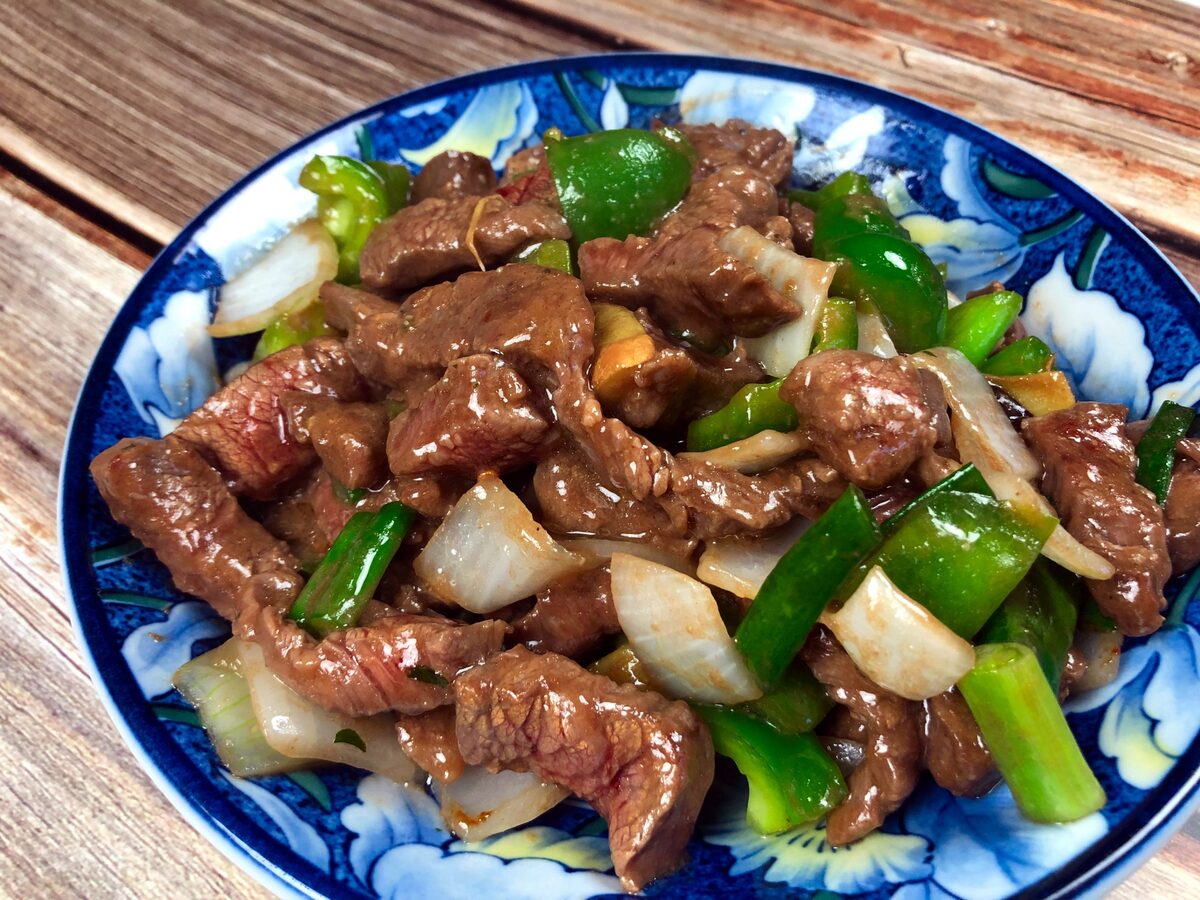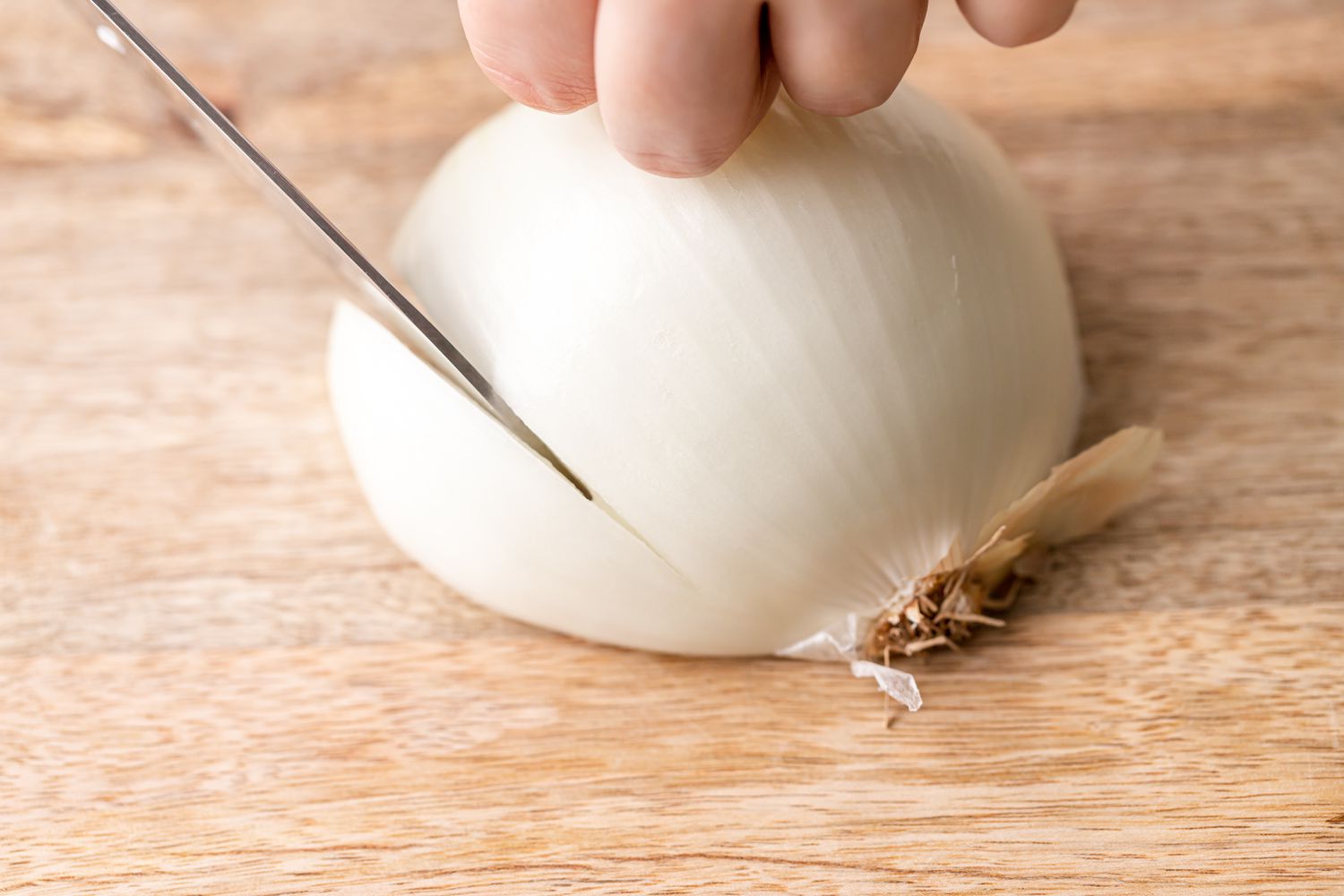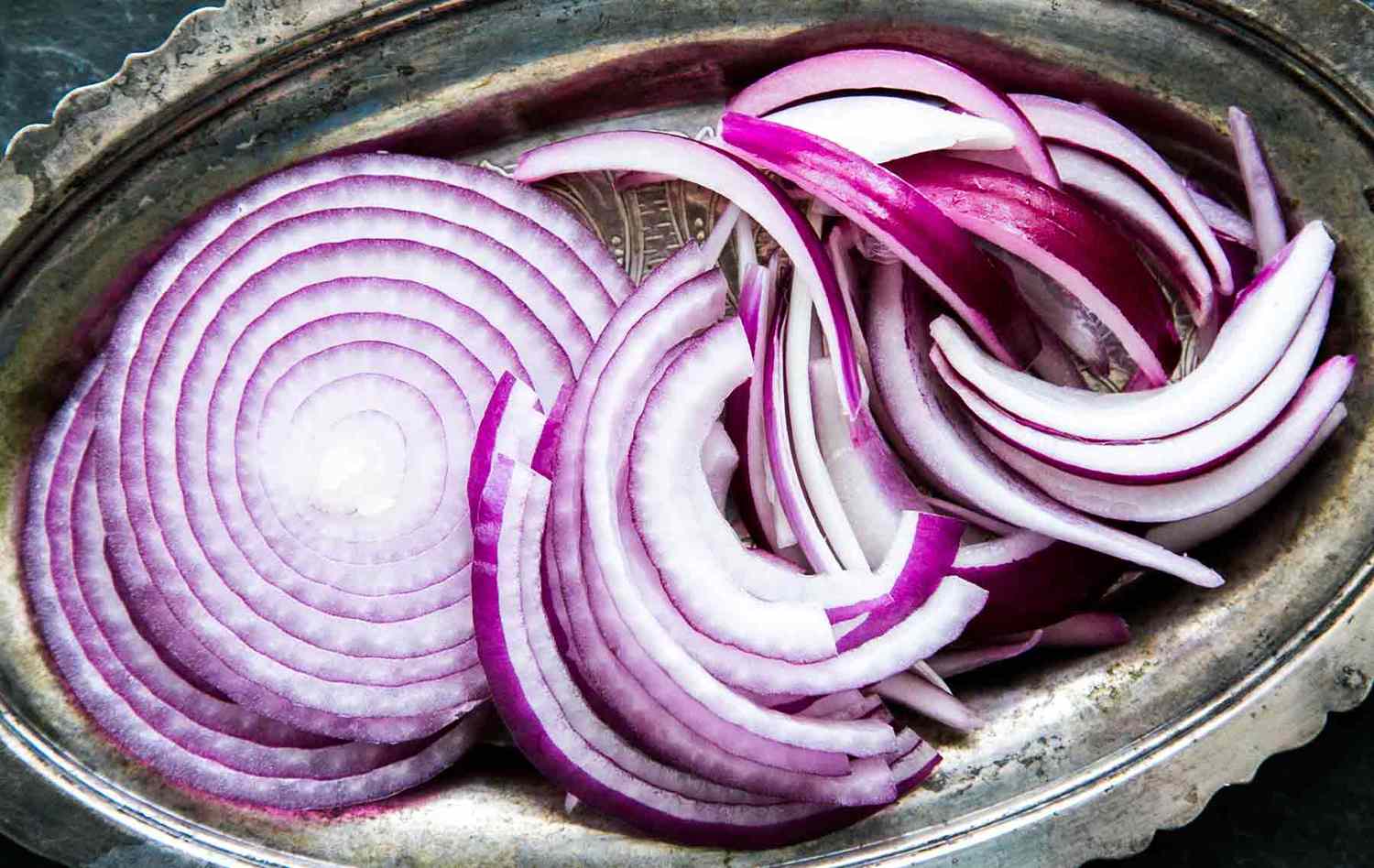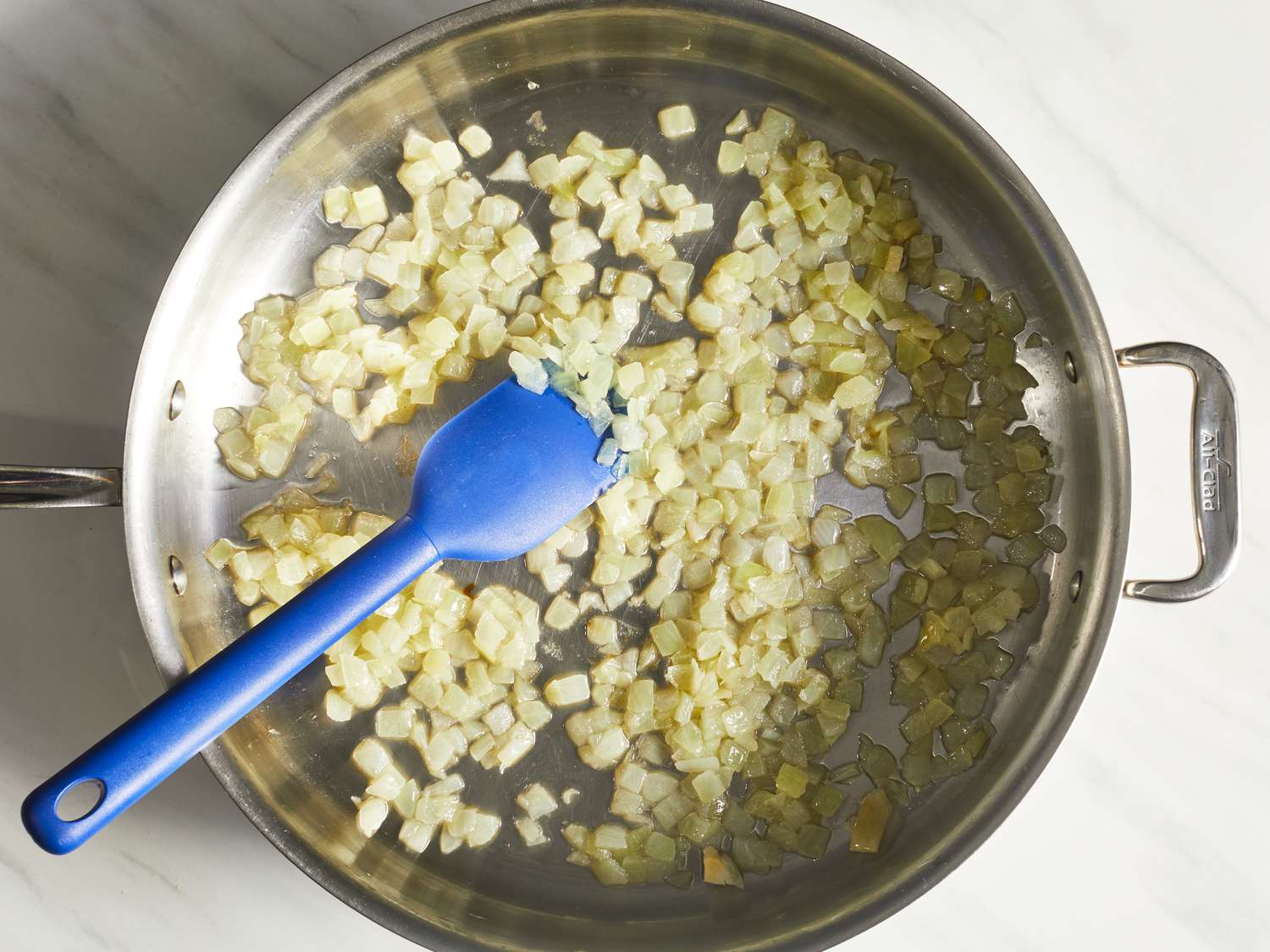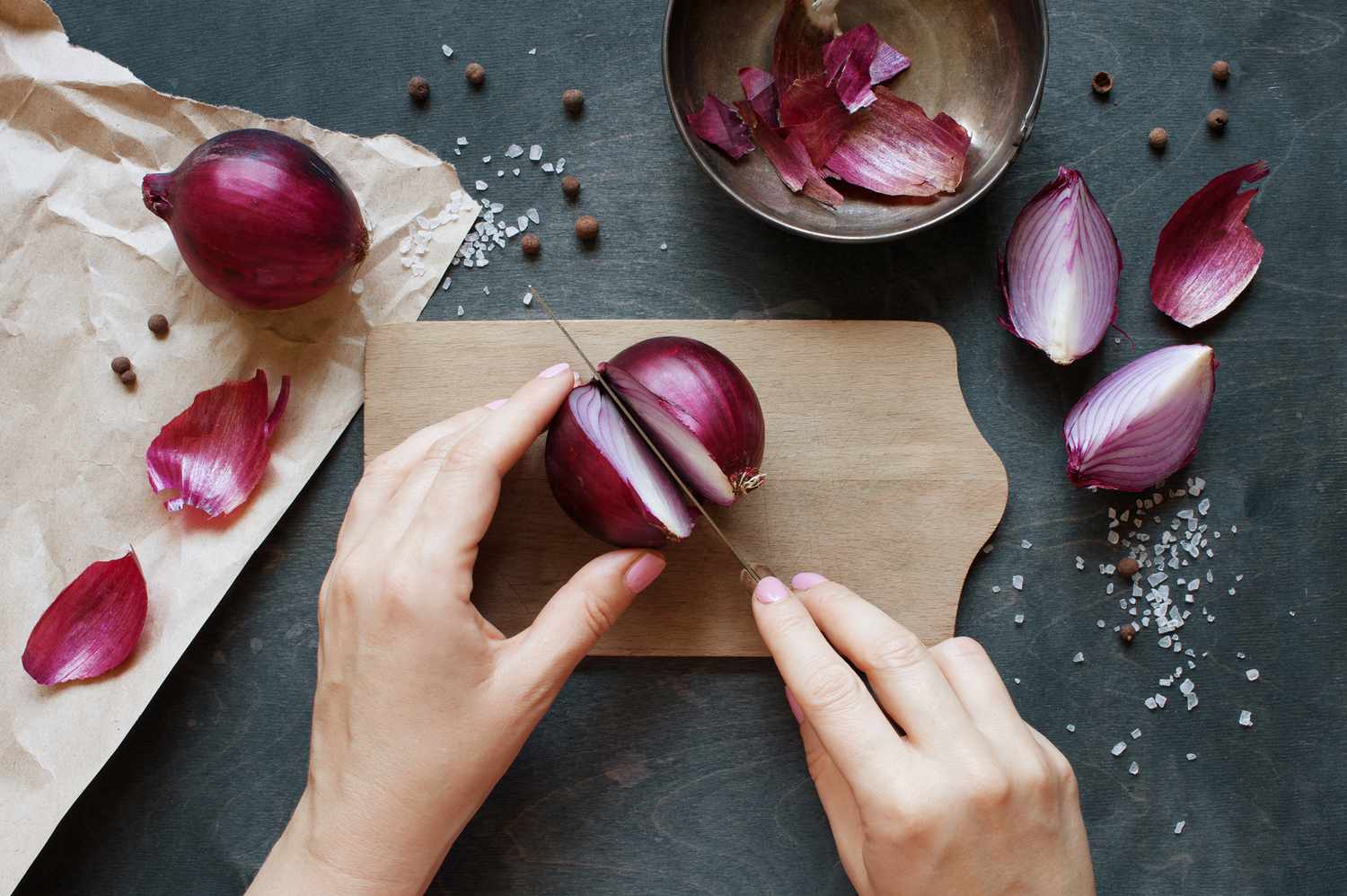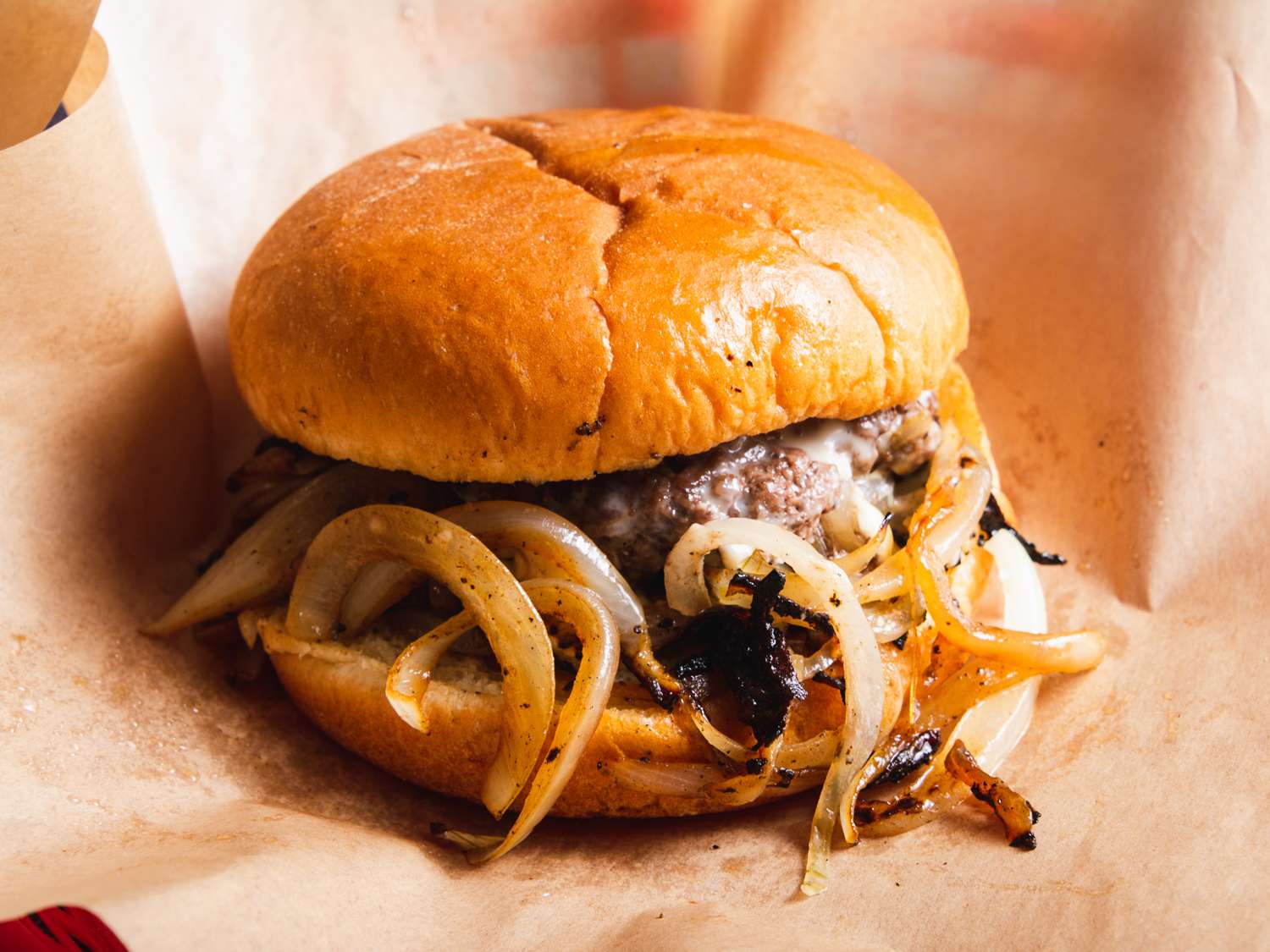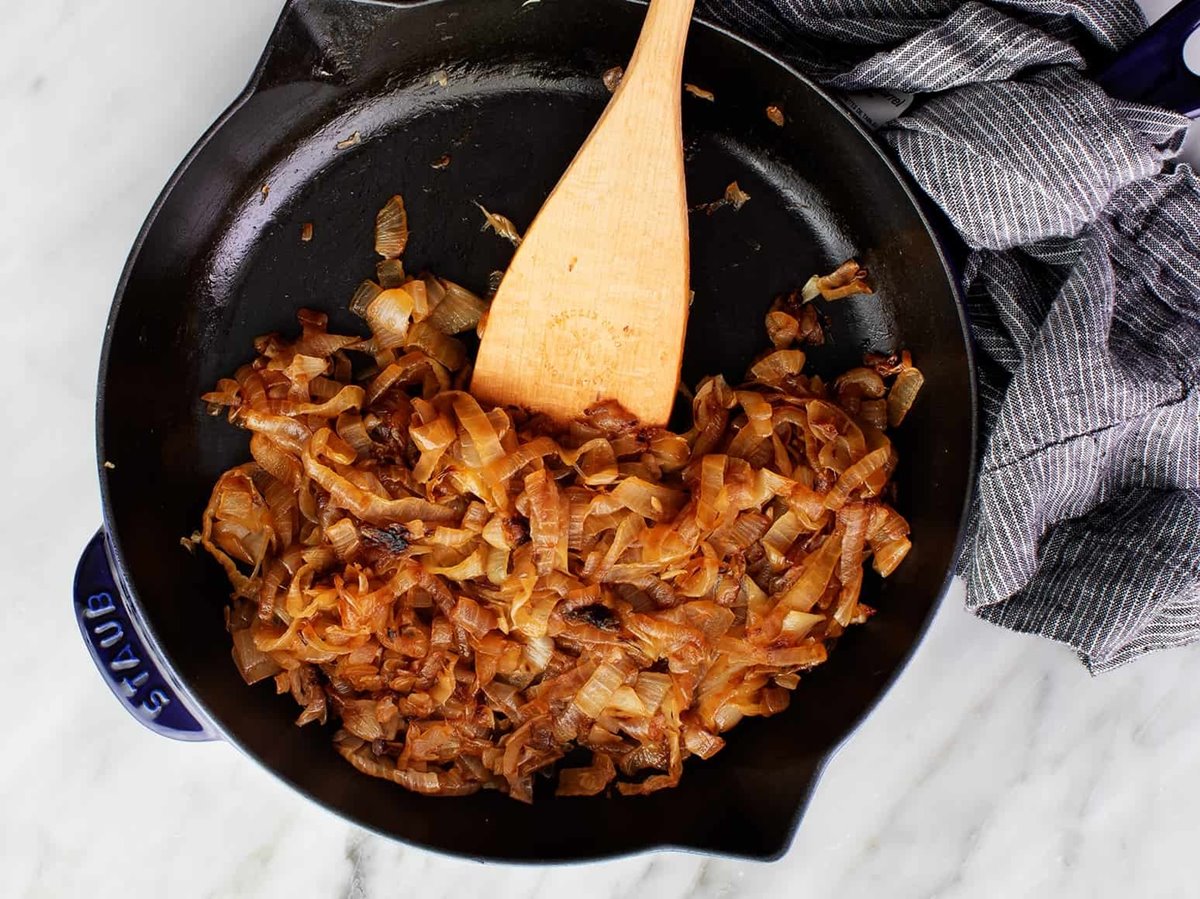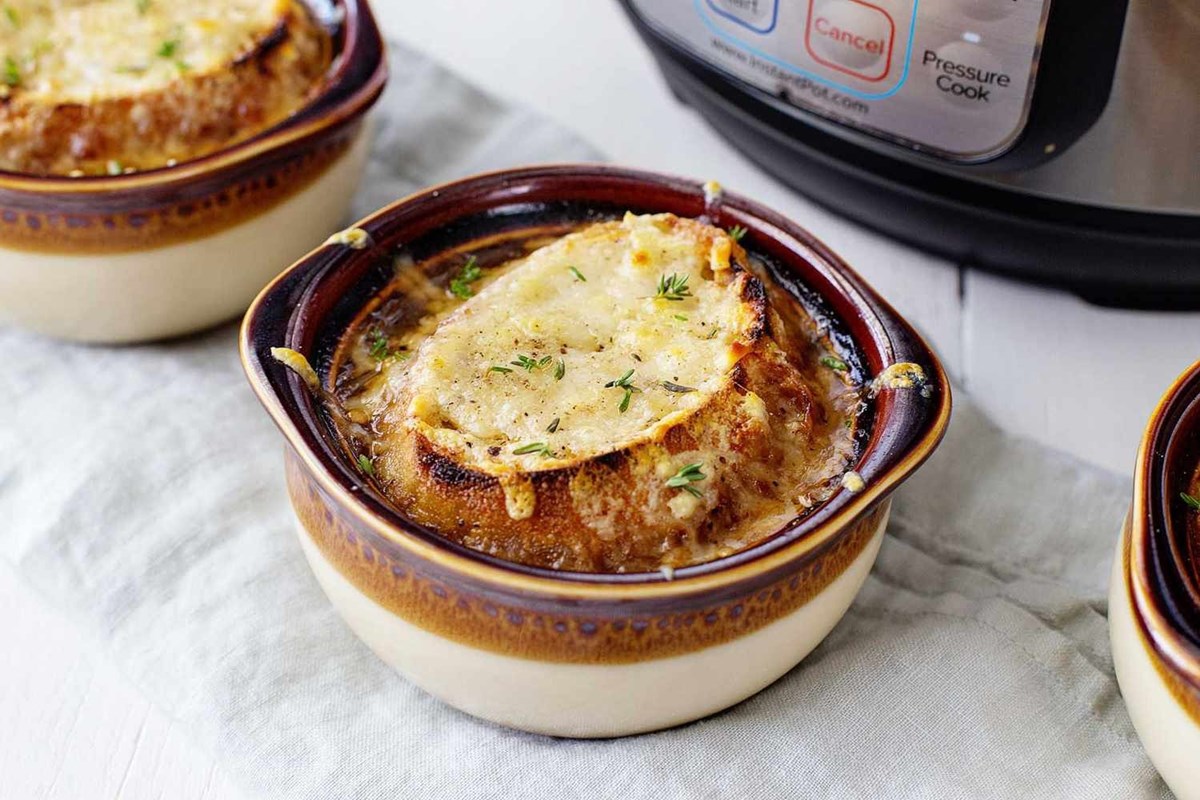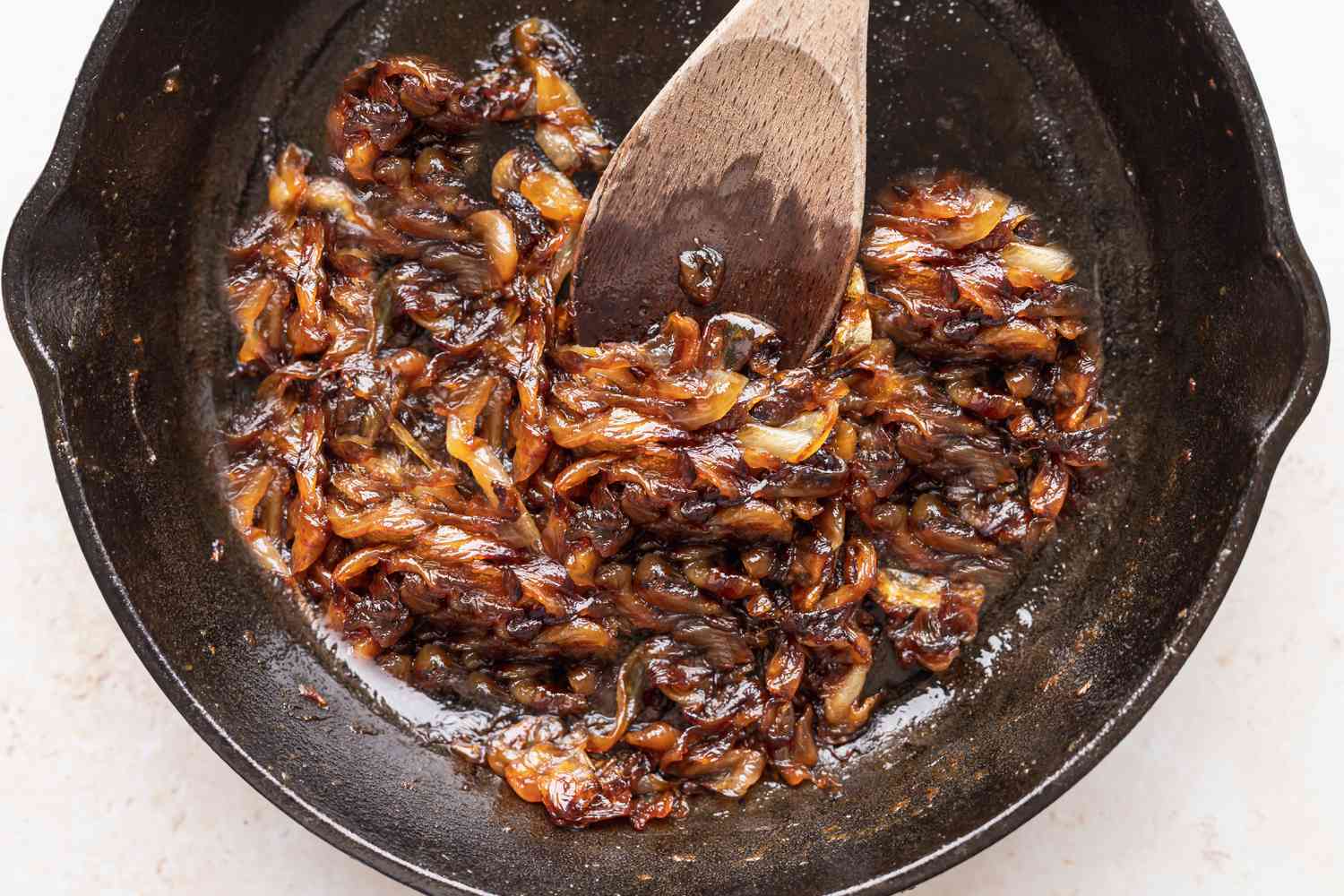Mastering the Art of Caramelizing Onions with Balsamic Vinegar
There’s something magical about the sweet, savory, and slightly tangy flavor of caramelized onions with balsamic vinegar. Whether you’re adding them to a sandwich, topping a pizza, or incorporating them into a pasta dish, caramelized onions can elevate any dish to a whole new level. In this guide, we’ll walk you through the step-by-step process of caramelizing onions with balsamic vinegar so you can master this culinary art in your own kitchen.
Ingredients You’ll Need:
- Yellow onions (2-3)
- Olive oil (2 tablespoons)
- Balsamic vinegar (1/4 cup)
- Salt and pepper to taste
Step 1: Prepare the Onions
Start by peeling the onions and slicing them thinly. The key to perfectly caramelized onions is to ensure that the slices are uniform in thickness, so they cook evenly.
Step 2: Heat the Olive Oil
Place a large skillet or pan over medium heat and add the olive oil. Allow the oil to heat up for a minute or two, ensuring that the entire surface of the pan is coated.
Step 3: Add the Onions
Once the oil is hot, carefully add the sliced onions to the pan. Use a spatula to spread them out evenly, ensuring that all the onions are in contact with the surface of the pan.
Step 4: Caramelize the Onions
Now comes the patient part – caramelizing the onions. Let the onions cook undisturbed for about 15-20 minutes, allowing them to slowly soften and turn a deep golden brown. Stir occasionally to prevent them from sticking to the pan.
Step 5: Add the Balsamic Vinegar
Once the onions have caramelized to your liking, it’s time to add the balsamic vinegar. Pour the vinegar over the onions and stir gently to coat them evenly. The vinegar will add a rich, sweet flavor and a beautiful dark color to the onions.
Step 6: Season and Serve
Season the caramelized onions with a pinch of salt and pepper to taste. Use them as a topping for burgers, bruschetta, or grilled chicken, or incorporate them into your favorite recipes for an extra burst of flavor.
Now that you’ve mastered the art of caramelizing onions with balsamic vinegar, you can enjoy the rich, complex flavors they bring to your dishes. Experiment with different dishes and explore the endless possibilities of incorporating these delicious caramelized onions into your cooking repertoire.
So, go ahead and give it a try – your taste buds will thank you!
